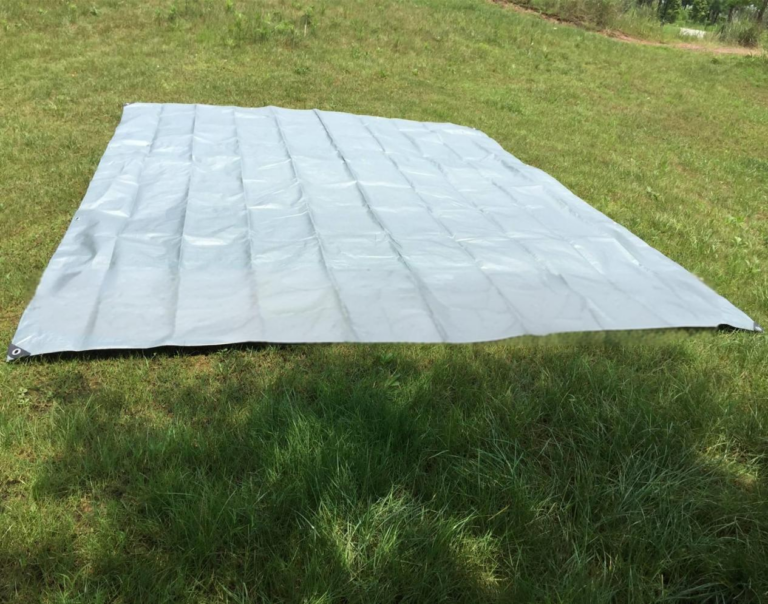Wind Speed Measuring Instruments: An Overview

html
Wind Speed Measuring Instruments: An Overview
Wind speed measurement is crucial in various fields, including meteorology, aviation, and environmental studies. Accurate wind speed data helps in weather forecasting, flight safety, and assessing wind energy potential. Several instruments are designed specifically to measure wind speed, each with unique features and applications.
1. Anemometers
The most common instrument for measuring wind speed is the anemometer. There are several types of anemometers, including:
- Cup Anemometers: These consist of three or four cups mounted on horizontal arms, which rotate as wind blows. The rotation speed is converted into wind speed.
- Vane Anemometers: These combine a propeller with a tail vane to measure both wind speed and direction.
- Hot-Wire Anemometers: These use a heated wire whose resistance changes with wind speed, providing highly sensitive measurements.
2. Wind Vanes
While primarily used to measure wind direction, wind vanes are often paired with anemometers to provide comprehensive wind data. The vane aligns itself with the wind direction, while the anemometer measures speed.
3. Sonic Anemometers
Sonic anemometers use ultrasonic sound waves to measure wind speed and direction. They have no moving parts, making them durable and low-maintenance. These are widely used in research and industrial applications.
4. Pitot Tubes
Commonly used in aviation, Pitot tubes measure wind speed by comparing static and dynamic air pressure. While not as common in ground-based applications, they are highly accurate for aircraft speed measurement.
5. Lidar and Sodar Systems
Advanced technologies like Lidar (Light Detection and Ranging) and Sodar (Sound Detection and Ranging) use laser or sound waves to measure wind speed at various altitudes. These are particularly useful for wind energy assessments and atmospheric research.
Choosing the Right Instrument
Selecting the appropriate wind speed measuring instrument depends on factors such as:
- Accuracy requirements
- Environmental conditions
- Budget constraints
- Intended application
From simple mechanical devices to sophisticated electronic systems, wind speed measuring instruments continue to evolve, providing more accurate and reliable data for various scientific and industrial purposes.
Keyword: instrument measure wind speed
